2019. 5. 28
Original link: The Shanghai Expo China Pavilion and many more eye-catching works!
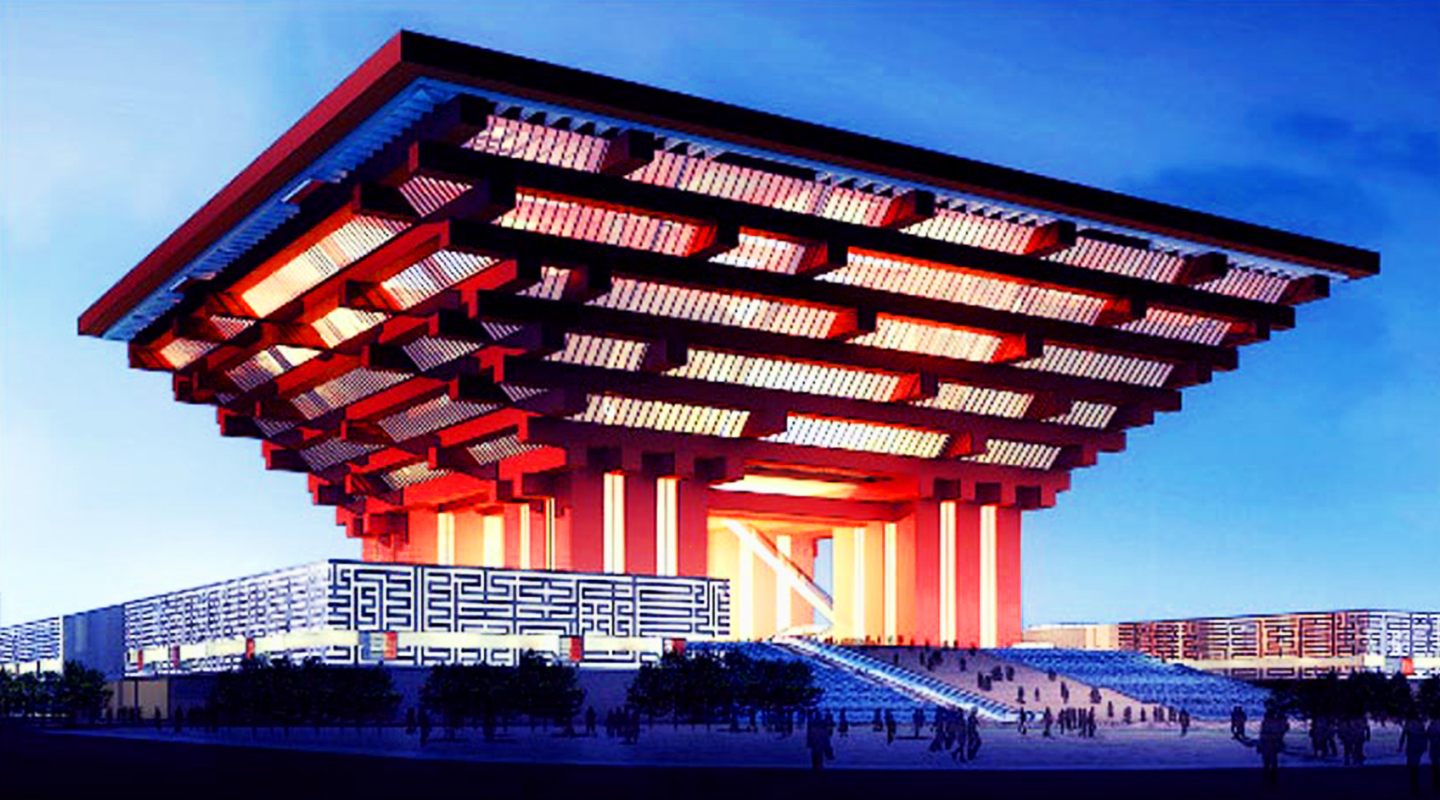
If you are not working in the museum design industry, you might not have heard of "Xenario". However, you likely might have been to some of the places, exhibitions or museums that Xenario has designed, like for example, the Shanghai Children's Museum, the Shanghai Expo China Pavilion, the Shanghai Center Tower Exhibition Hall or Microsoft Beijing Center One... and the technology and storytelling probably has left a deep impression on you. Behind them is the design philosophy that Xenario continues to pursue, combining the four elements of story, space, media, and interaction into one coherent experience. As for how Xenario creates science and technology-themed exhibitions that are full of inspiration, let us listen to Alexander Brandt's explanation:

As the founder of Xenario, Alexander Brandt is very well known in the industry. This German designer who came to China in the mid-1990s has experienced an incredible journey along with the country’s exhibition design industry as a whole from mass production to bespoke creative design. For more than 20 years, he and his team have completed one project after another, each involving innovative and unique ideas. They are low-key but full of self-confidence. Yet despite their humble attitude, their work has slowly rewritten the way the whole industry operates. At the entrance of Xenario's office, a sign is saying "The Next Exhibition Standard". This isn't just a bluff. Looking at the exhibitions that Xenario has created, you will discover that they have truly established a new standard of quality and creativity for the industry.


Talking to Alexander about the formation of Xenario, its concepts, and development, he will tell you: Let's take a look around the company, look at the hand-drawn sketches and the museum models, and let's have some fun. “Making things entertaining” is actually a point that Alexander pays special attention to. It is also the challenge that Xenario's designers will pose themselves at the outset of every creation. Starting with entertainment – the instinct of human curiosity – we arrive at the foundation of Xenario's creative philosophy: Story.
A good story has the magical power to evoke curiosity and thirst for knowledge, to stimulate learning, and ultimately give rise to some kind of awe and profound experience. Starting from the Shanghai Planetarium that Xenario is designing, Alexander described his thinking process of the exhibition design: "We must assume that everyone who enters this space is a complete greenhorn with no concept or understanding of astronomy. Our strategy is to first make them big. During the first part of the visit, the visitor will feel that they slowly become the owner of the universe, because this is a process of gaining knowledge. During the next part, we shrink the visitor from a giant to a speck of dust. This is a journey that almost everyone will experience throughout their comprehension of the universe. We must find a language that resonates with the audience, rather than just overwhelm them with complex concepts like the big bang, the analysis of light or the existence of the elements. These subjects are necessary, but they should be integrated into a meaningful story so that every visitor can discover themselves during the exhibition experience."

Thus, the Planetarium's huge architecture becomes a story container. The challenge Xenario faces is to work within the limitations of the architecture: "For us, the basic principle of designing within a given building is not to "design against" it, but to find a way to organically fit the original story and align it with the characteristics of the building." Alexander considers himself to be an artist, but he also insists that he is foremost an entrepreneur who understands the responsibility of completing the task assigned by the client. In this process, Xenario's professional and artistic creative work styles and processes have achieved breakthroughs and shaped the next exhibition standard: “The basic requirement for every Xenario employee is to fully understand the subjects we are working on, because most of the projects we undertake are technology-type exhibitions, so everyone needs to foster their curiosity and delve into the scientific knowledge of each individual category. For example, before designing the planetarium, my team and I watched lots of astronomy-related documentaries and invited experts to teach us lessons. Only then did we start designing on paper."
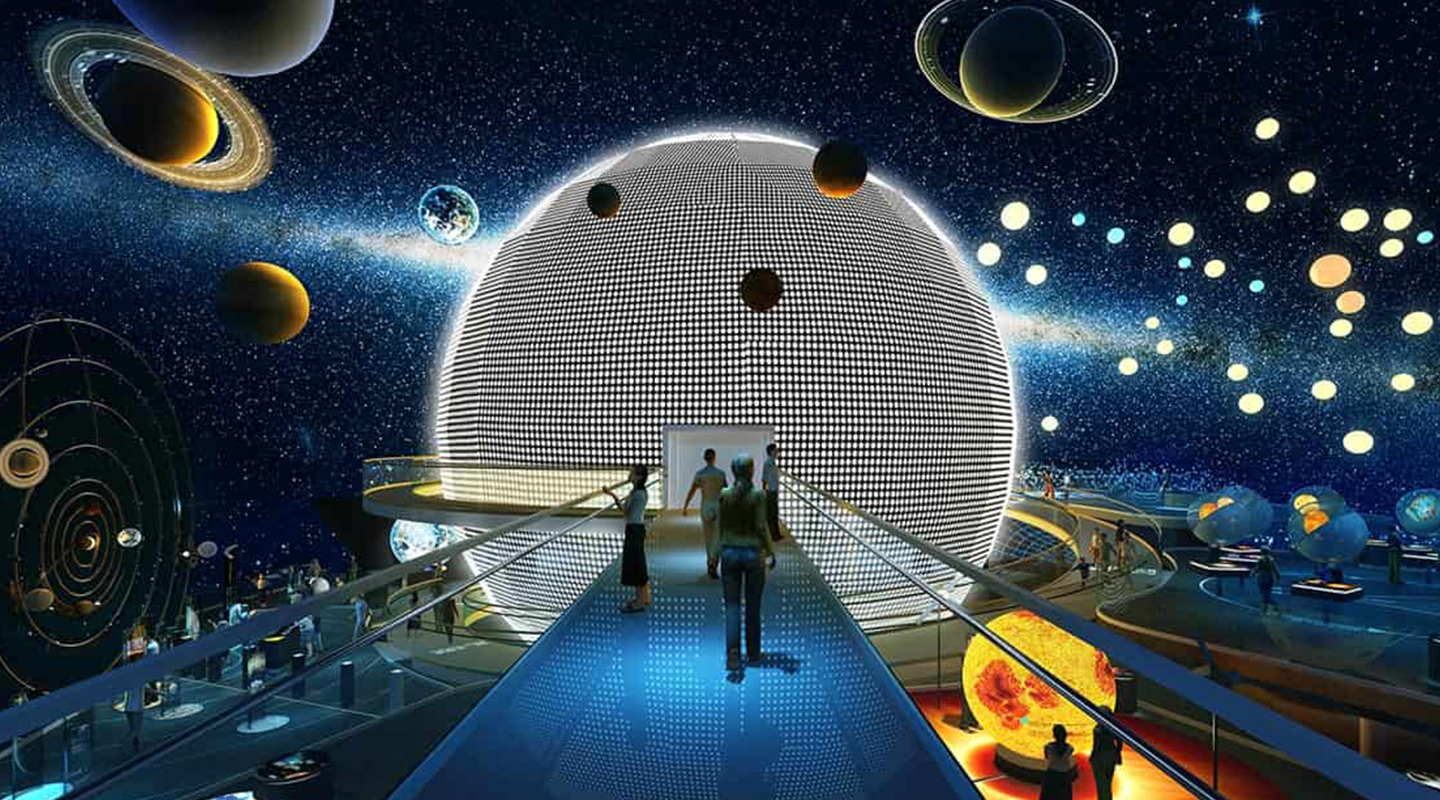
Speaking of drawing design sketches on paper, this is another design paradigm that Alexander is particularly proud of. In the exhibition design industry, not every company has the ability and determination to consistently create hand-drawn sketches, and this is precisely the characteristic of Xenario. Walking into the office, you will find hand-drawn sketches all over the walls. For anyone who is unfamiliar with the design industry, these hand-drawn manuscripts, full of ideas and inspirations, will transport you into a fantasy world beyond all boundaries, where your imagination is completely liberated and the rules of time and space are invisible. In Alexander's opinion, "daring to imagine" is Xenario's strength: "I always insist that we need to have bold ideas, ideas that forget all restrictions, and then improve on these ideas through continuous communication until our design perfectly fits the client's needs. Everything else would just be designing according to a predetermined scheme and passively following the client's requirements. The former is a creative process; the latter is more like a manufacturing process to complete the task. In my planning, Xenario has to be a creative company."
With constant creation, imagination and intensive communication, Xenario has found the most suitable development path for itself, and perhaps the most competitive, too.
Witness to the development of the industry in China

If you wanted to describe the roadmap of Xenario's development, there are three milestones that come to mind: Starting with the challenge of the Shanghai Expo China Pavilion, to the strict design requirements of Microsoft's corporate showroom and to the emergence of the Shanghai Planetarium today, these three projects are undisputed touchstones for Xenario.
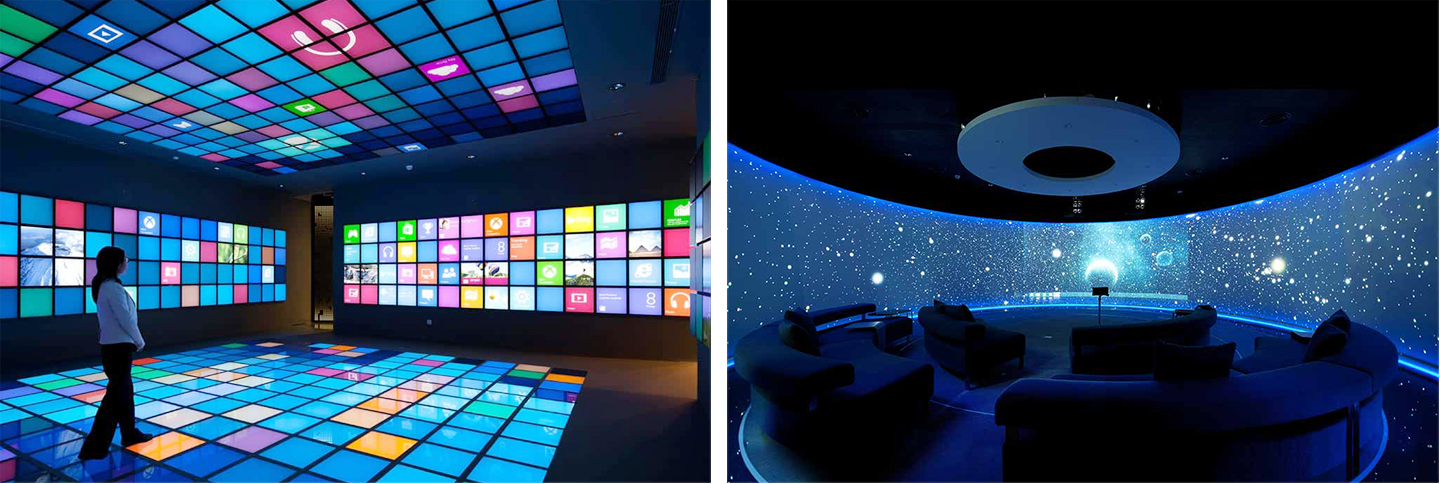
The first one is a national benchmark, the second one is in the global top-ten and the third one is a world record-setting achievement. These milestones are the results of Xenario's industrious exhibition design. This is also due to Alexander's perseverance to stay true to his pledge as exhibition designer: "Since my fine art studies, I understand that exhibition design is about combining story, media, space and interactivity into one coherent experience. If done right, something very interesting will happen. We are relentless in challenging our own limits."
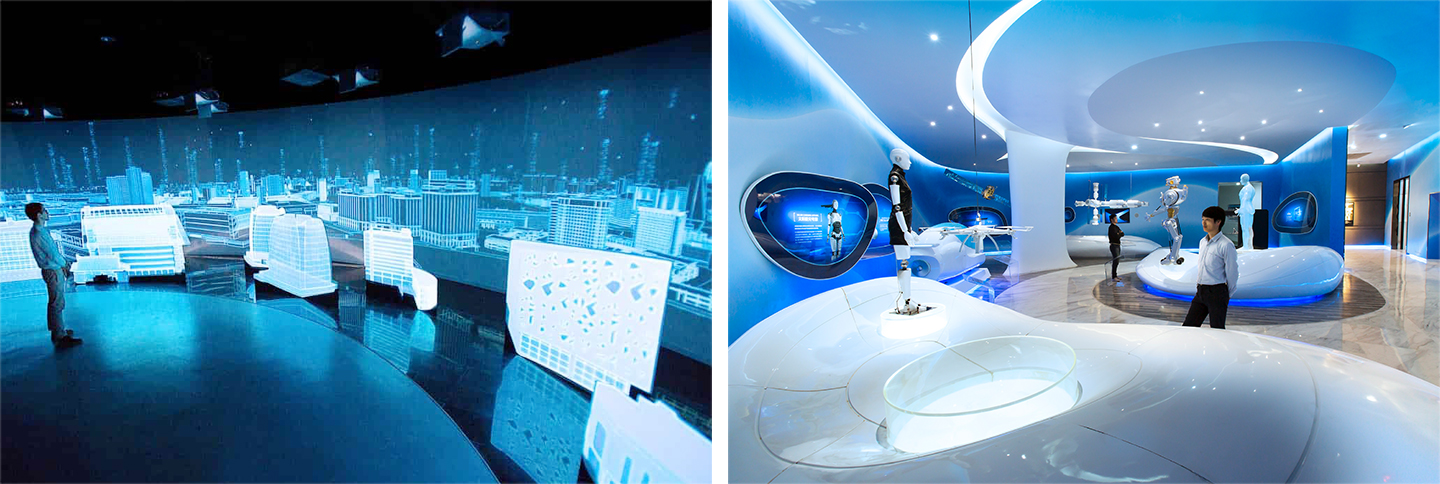
Indeed, this is a process of constantly surpassing yourself, and in this process, they have created many exemplary record-setting interactive multimedia cases, including the world's largest interactive Möbius strip, the world's first panoramic symphony theater, the world's first interactive magnetic elevation table and many more. As Xenario expanded its business, it also grew to become a full-service exhibition design and fabrication company. This even includes the development of electronic devices, interactive software coding, industrial design, and many other sub-sectors. The combination of all these services is what Xenario calls "turnkey projects".
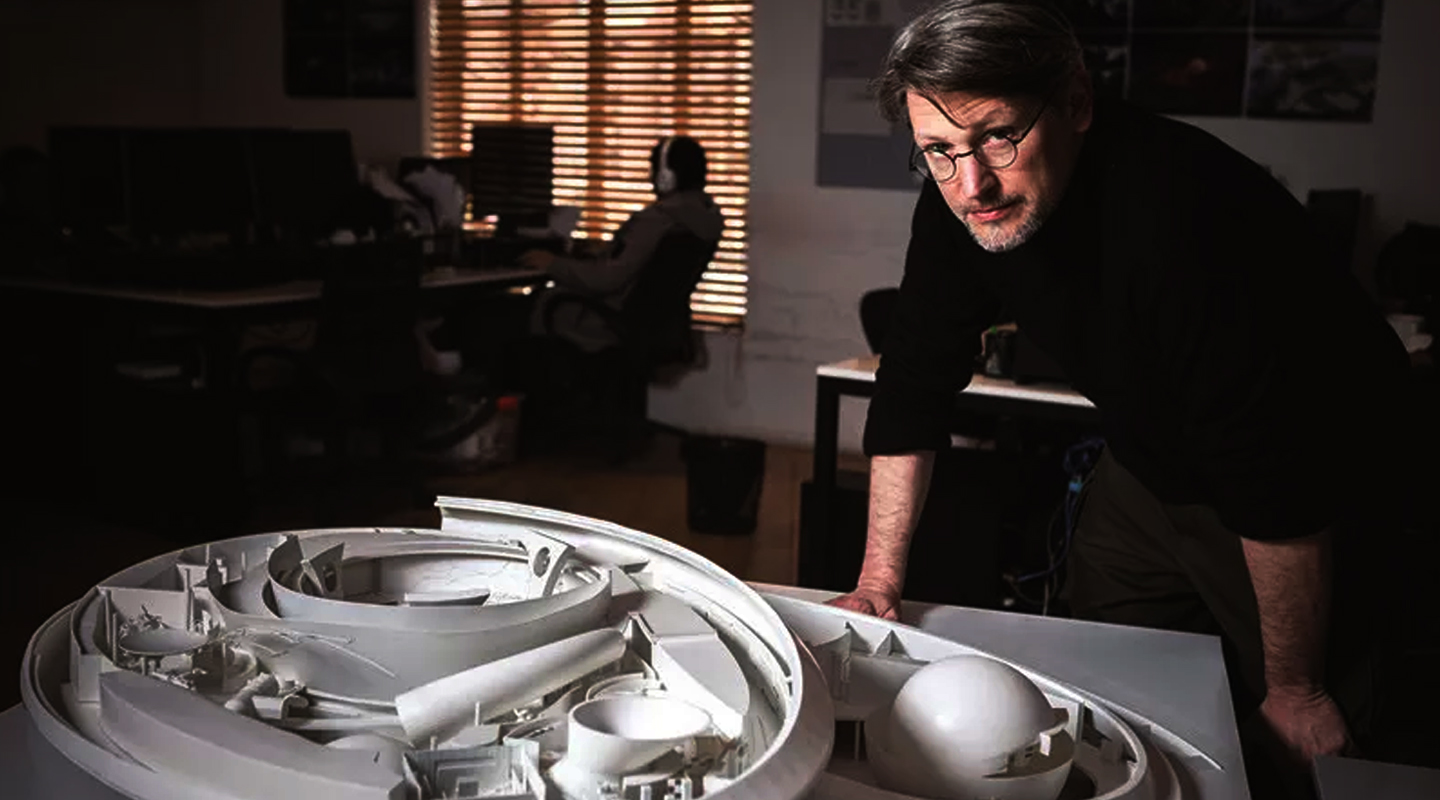
Although Alexander, is a full-hearted German, during his almost 20 years of experience in China, he has learned to speak a language that everyone understands: "I think we got lucky. When I first came to China in 1994, there was no exhibition design industry. Today, after experiencing the accelerating effect of the Shanghai Expo, I feel that the industry has almost reached maturity. Xenario did the right thing for the right time. I remember the early days, I started out single handed. Together with four other artists, I rented this space. Now, we have grown into a company of more than one hundred people and the office has expanded several times. I am very confident in my own business philosophy. Although from time to time I will still encounter some hurdles, I believe that we are the most passionate company in the industry, with the ability to create excellent projects."
Admittedly, during the chat with Alexander, you will find that the phrase he uses most often is “as a Chinese local company, we...” Obviously, in his concept, the boundaries between geography and culture have been erased. Especially in a city like Shanghai, Alexander and Xenario use an artistic design language and a strong sense of identity to express multicultural concepts. Alexander, someone who enjoys telling stories to his visitors, faces the increasingly diverse Chinese exhibition design industry. And this Chinese story of him and Xenario doesn't seem to be finished yet.
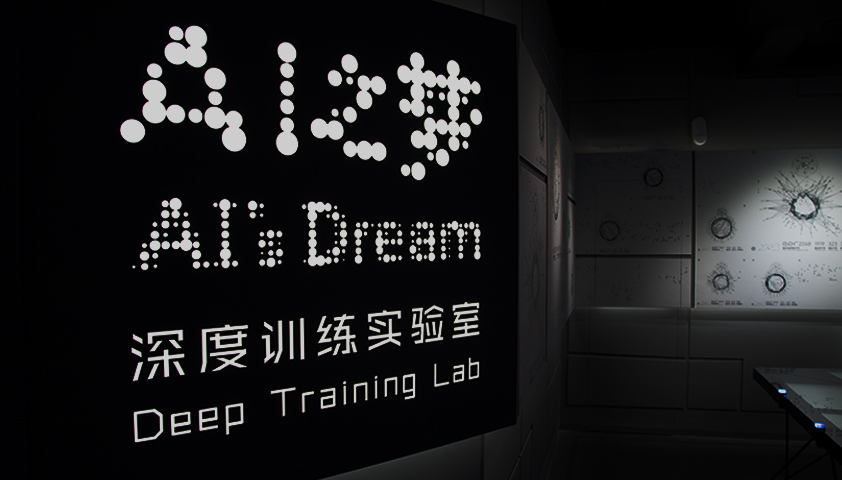 2025.1.21
2025.1.21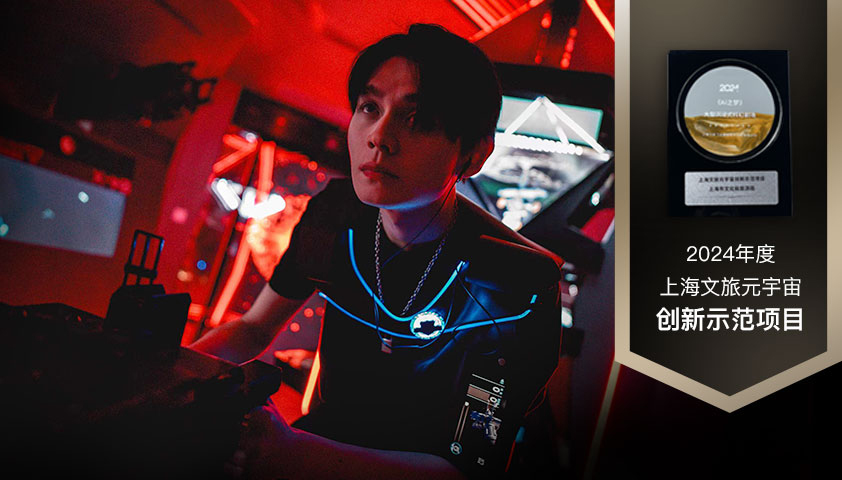 2024.11.22
2024.11.22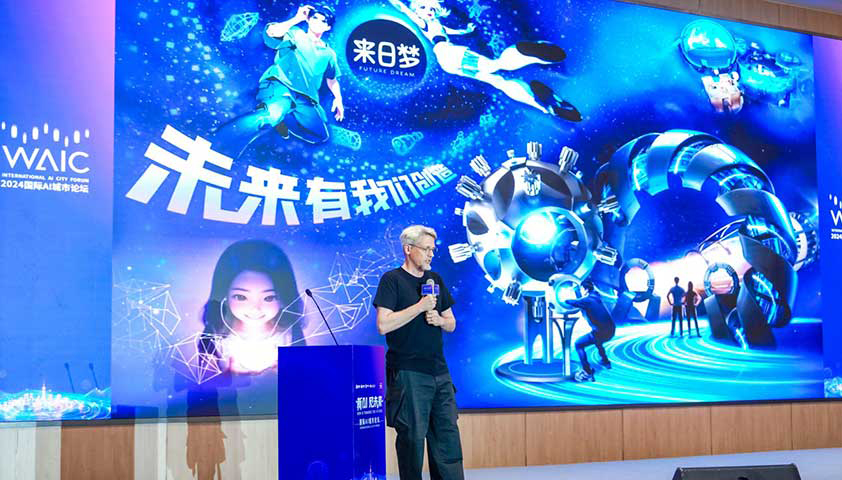 2024.7.13
2024.7.13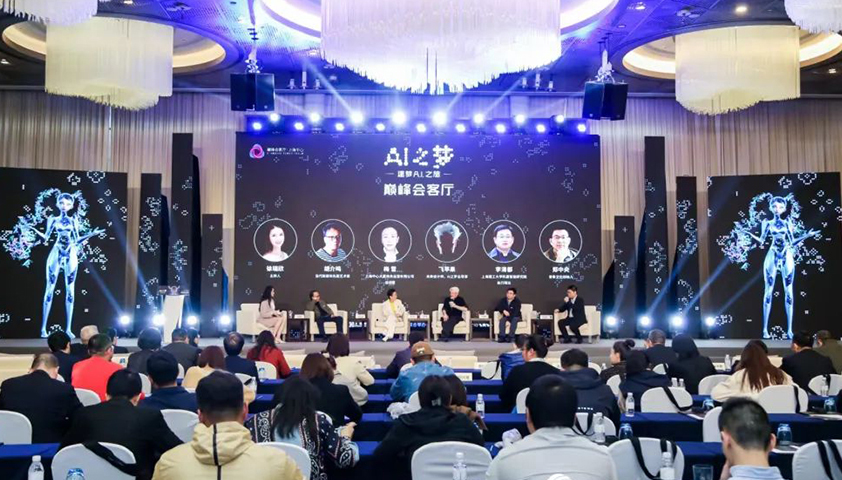 2024.4.12
2024.4.12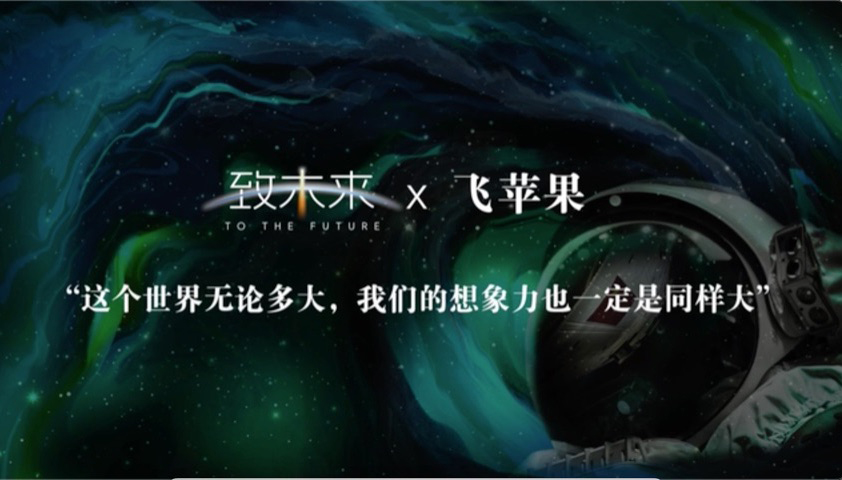 2024.1.4
2024.1.4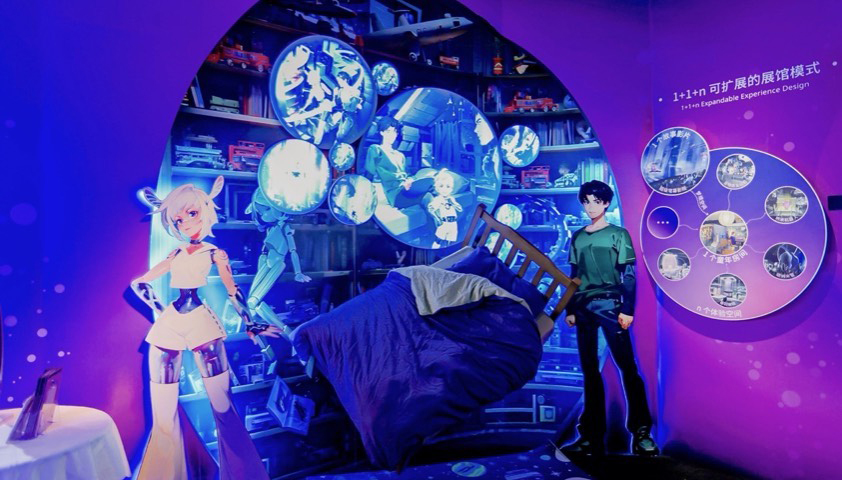 2023.11.7
2023.11.7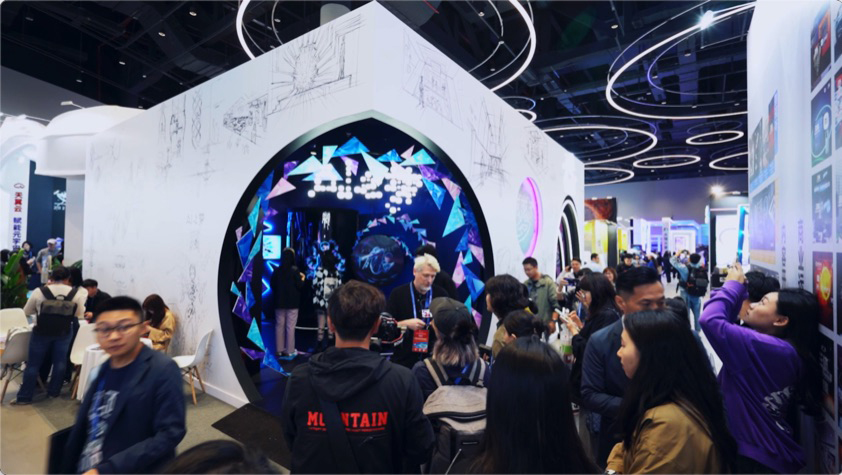 2023.10.21
2023.10.21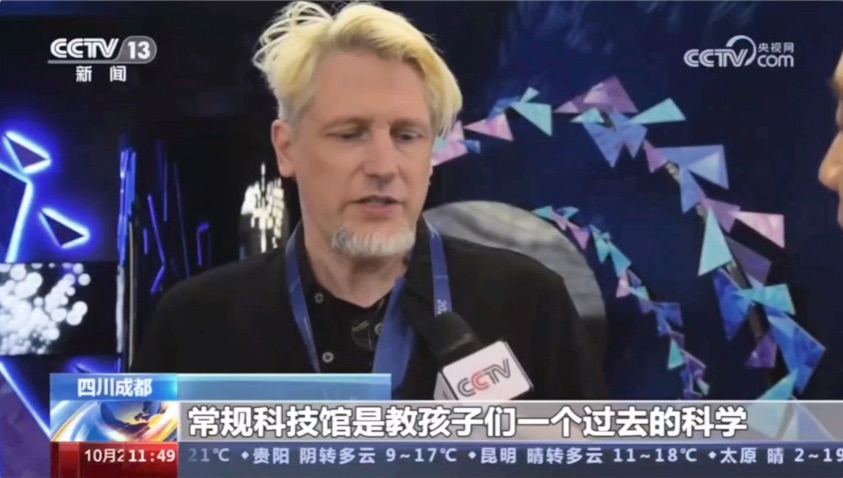 2023.10.23
2023.10.23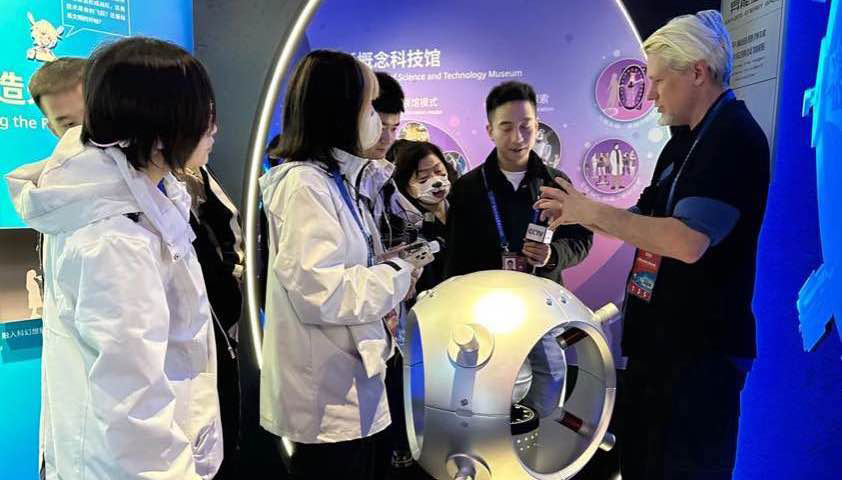 2023.10.19
2023.10.19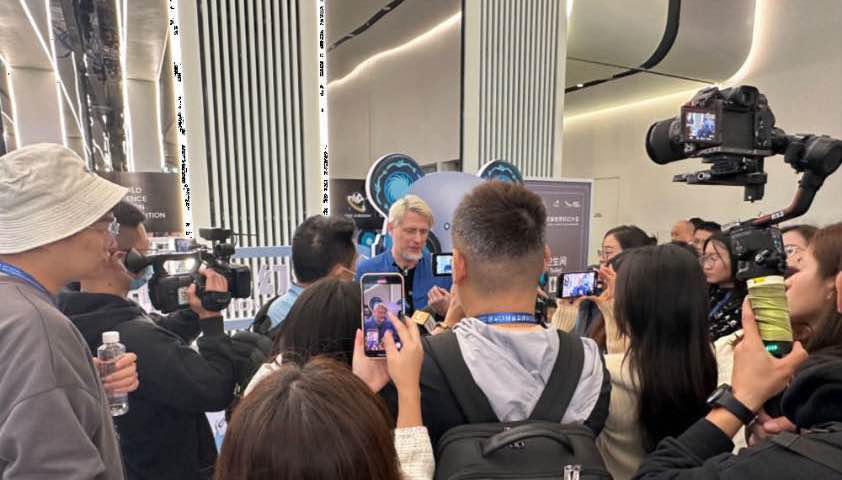 2023.10.18
2023.10.18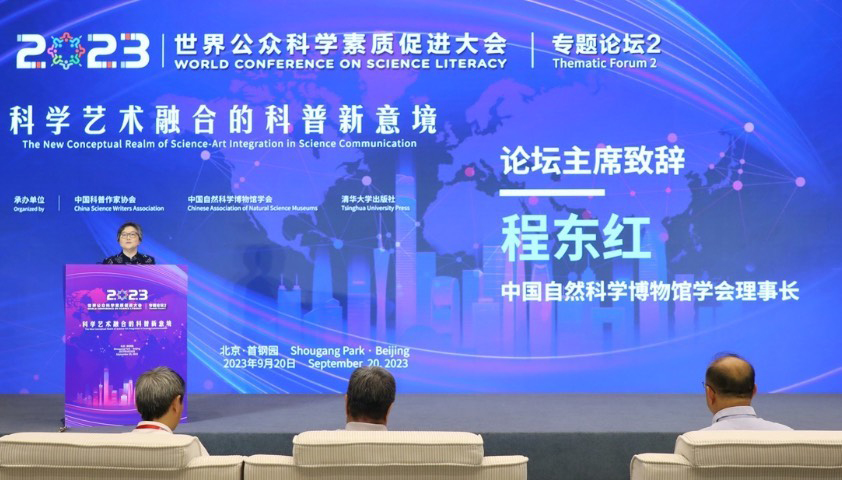 2023.9.22
2023.9.22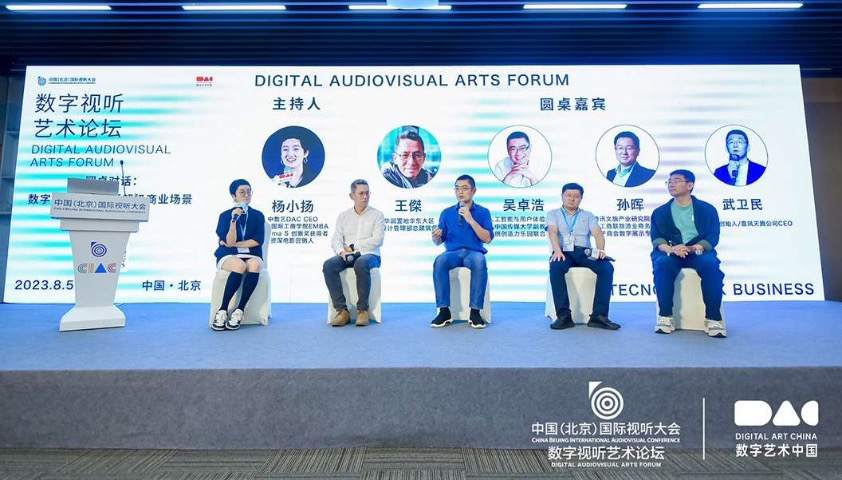 2023.8.8
2023.8.8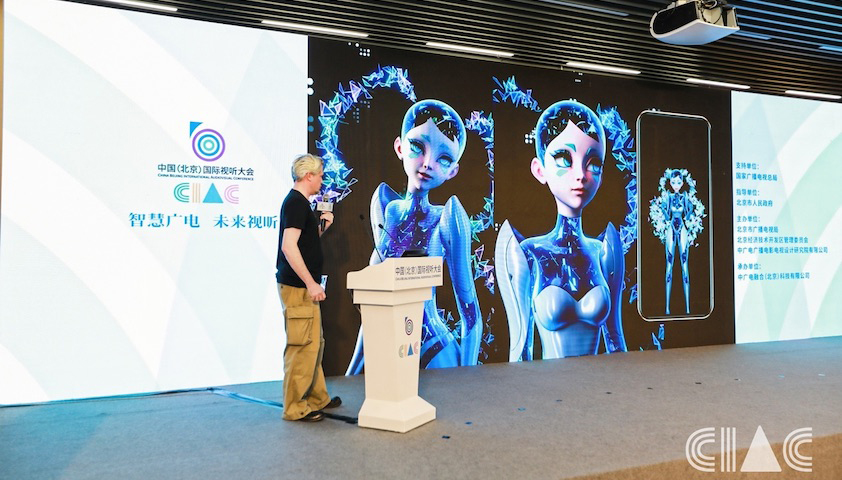 2023.08.04
2023.08.04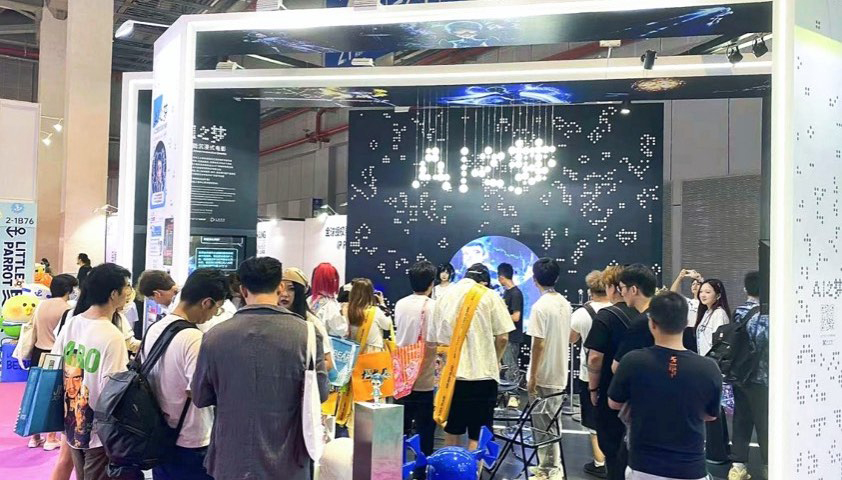 2023.6.30
2023.6.30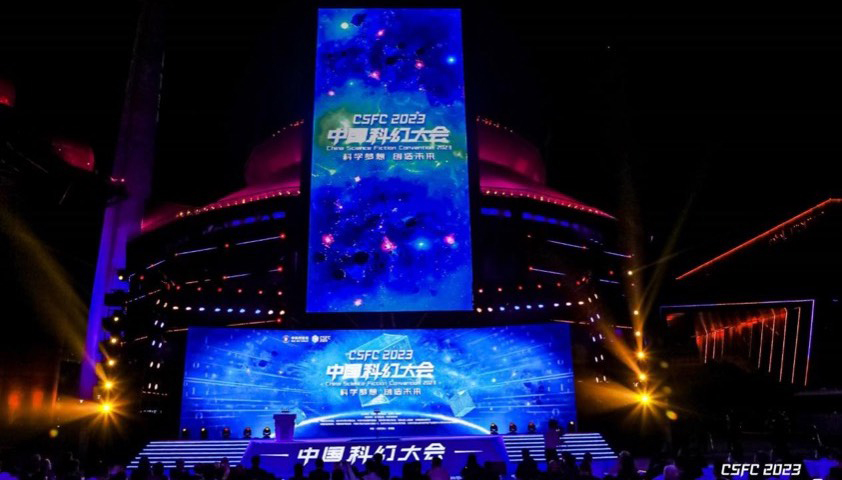 2023.05.30
2023.05.30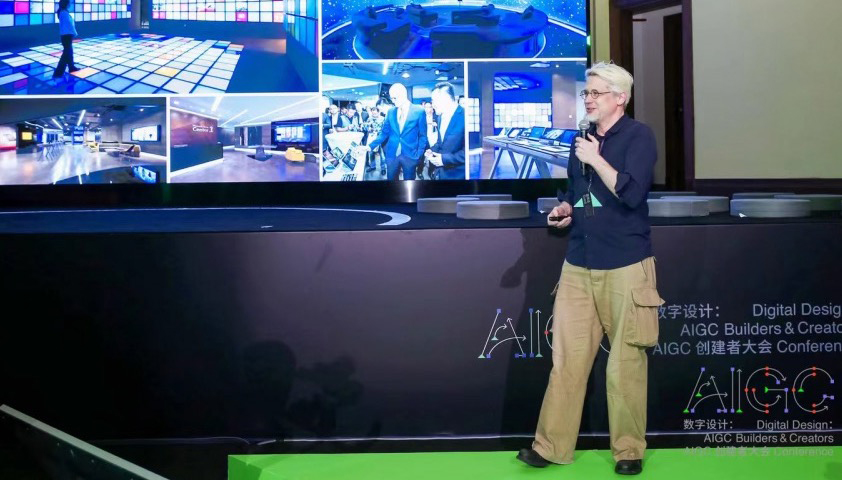 2023.05.07
2023.05.07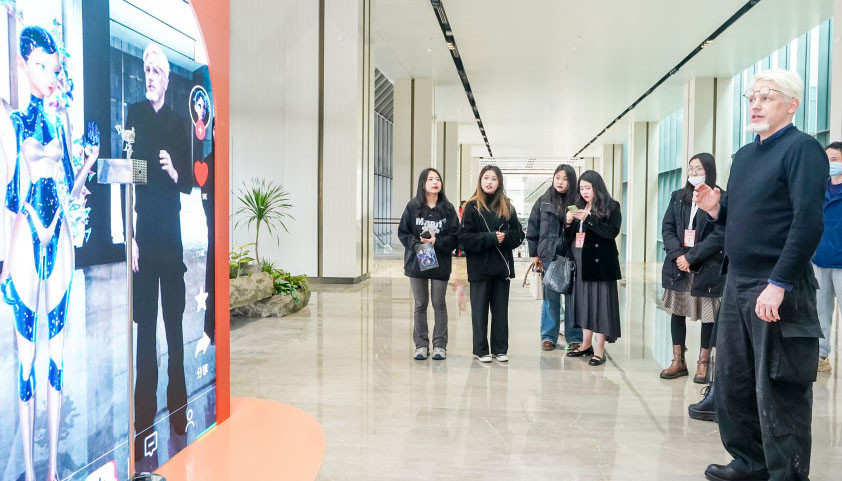 2023.4.03
2023.4.03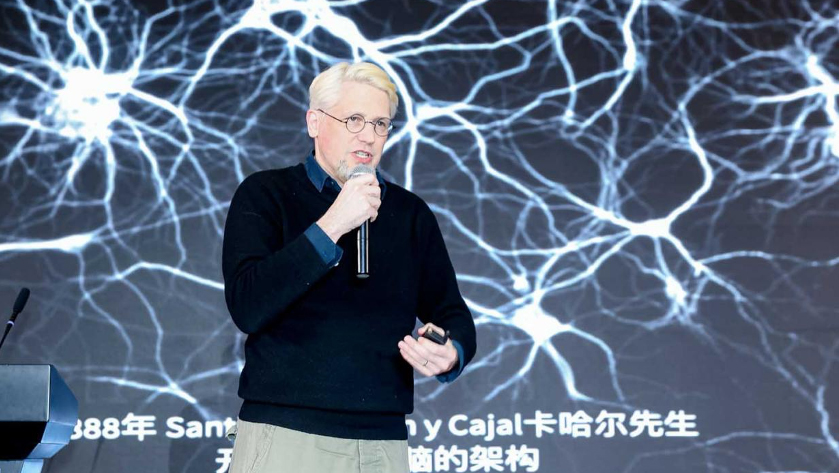 2023.3.7
2023.3.7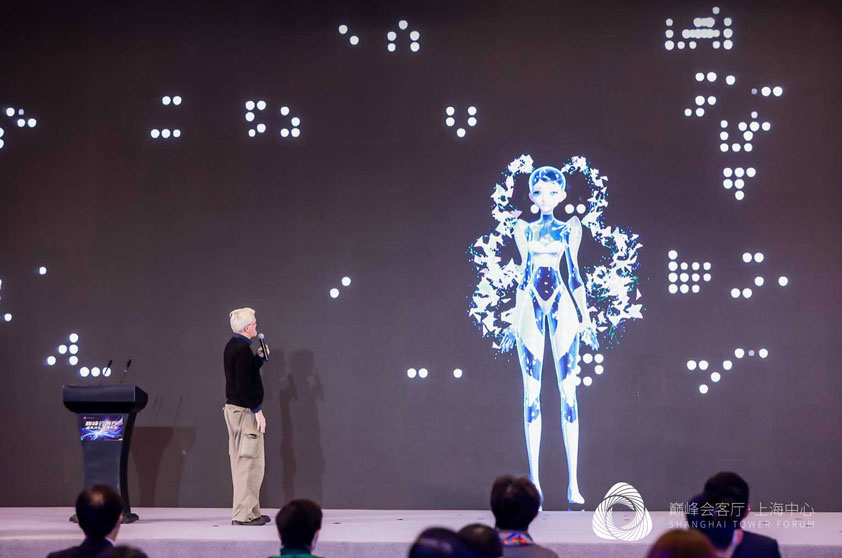 2022.12.16
2022.12.16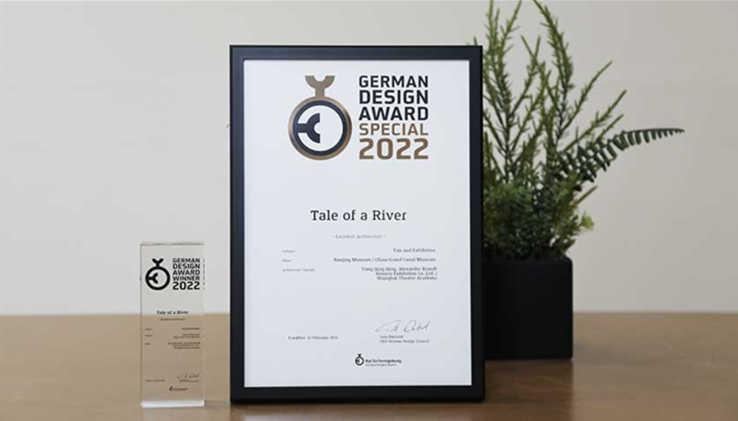 2022.7.1
2022.7.1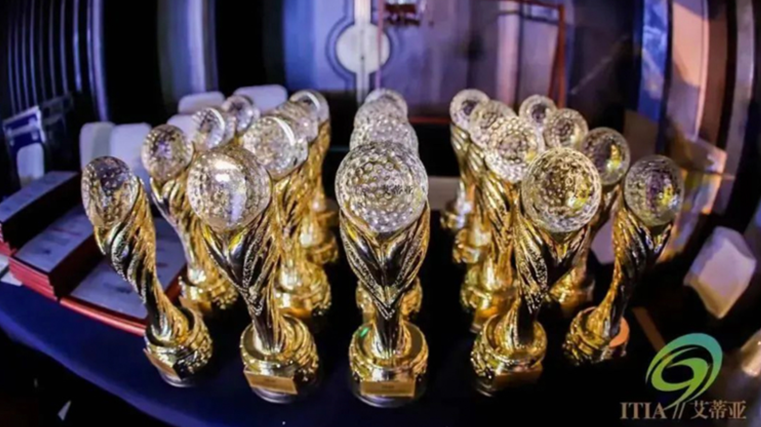 2022.5.16
2022.5.16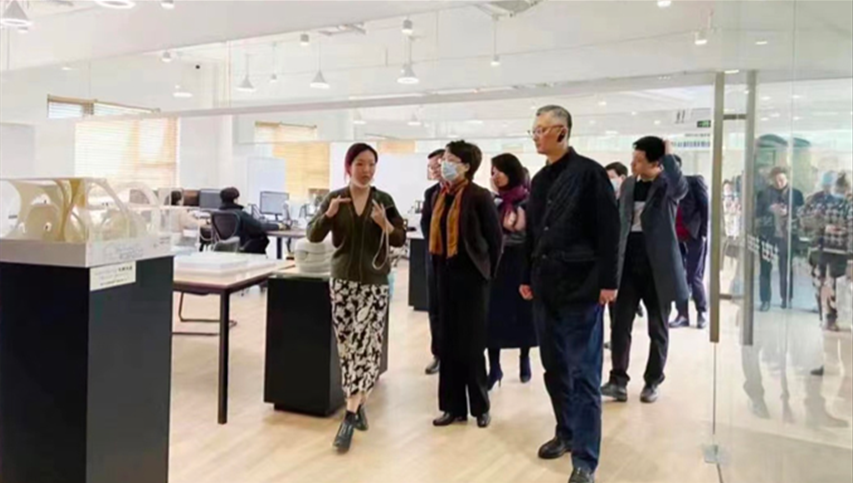 2022.3.2
2022.3.2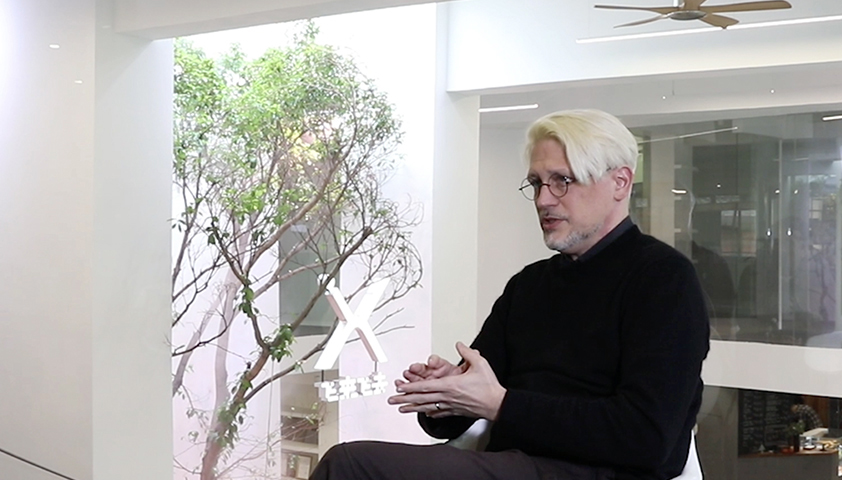 2022.2.25
2022.2.25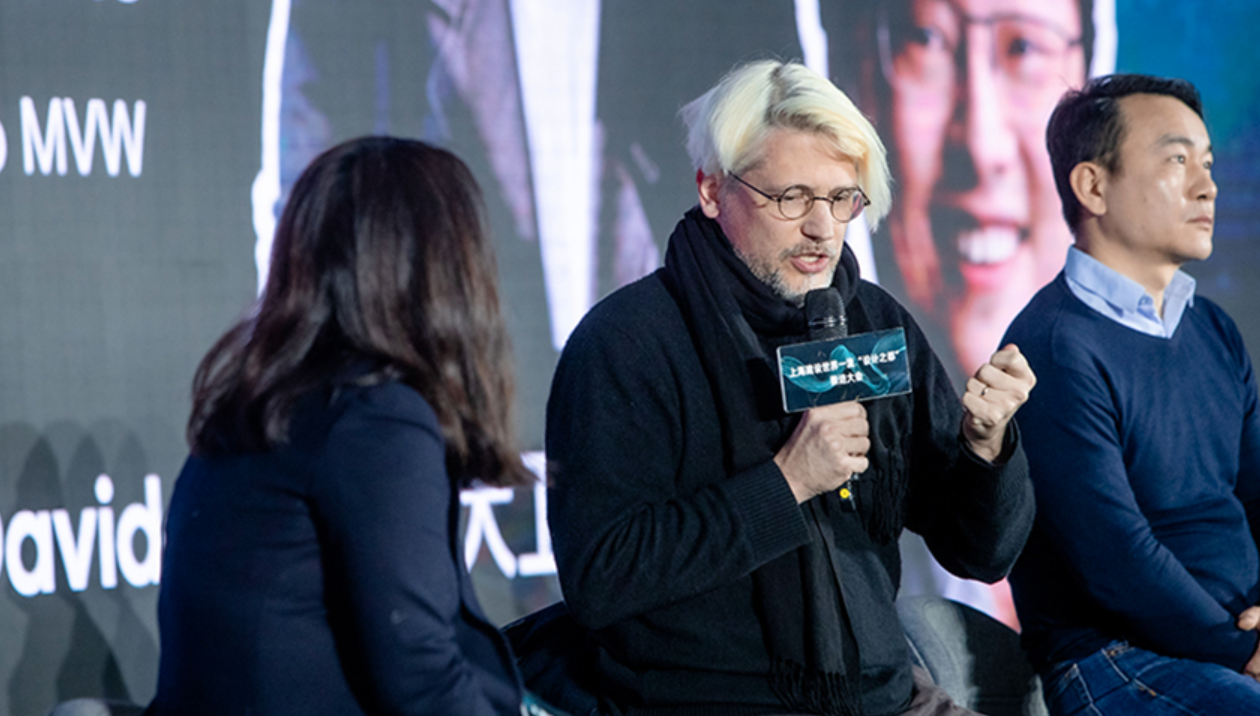 2022.2.17
2022.2.17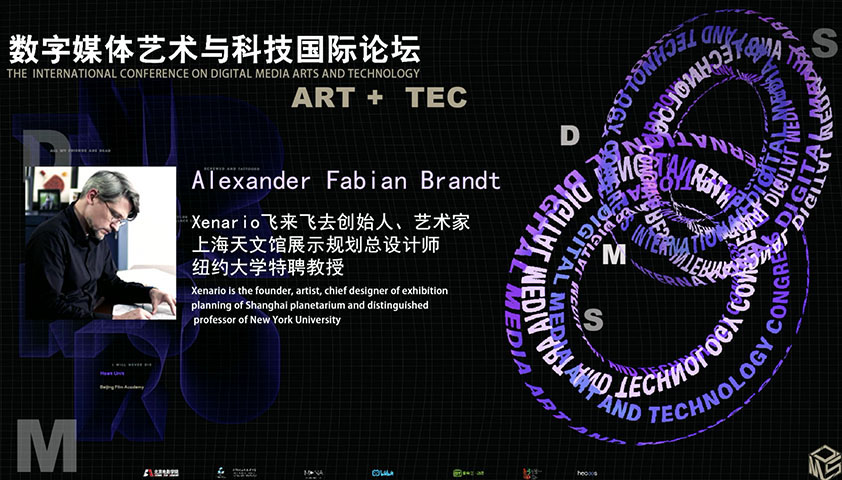 2021.12.19
2021.12.19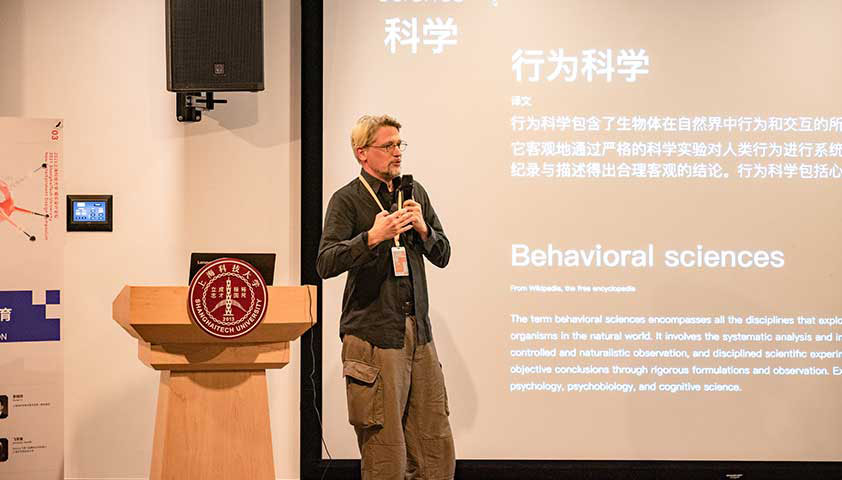 2021.11.13
2021.11.13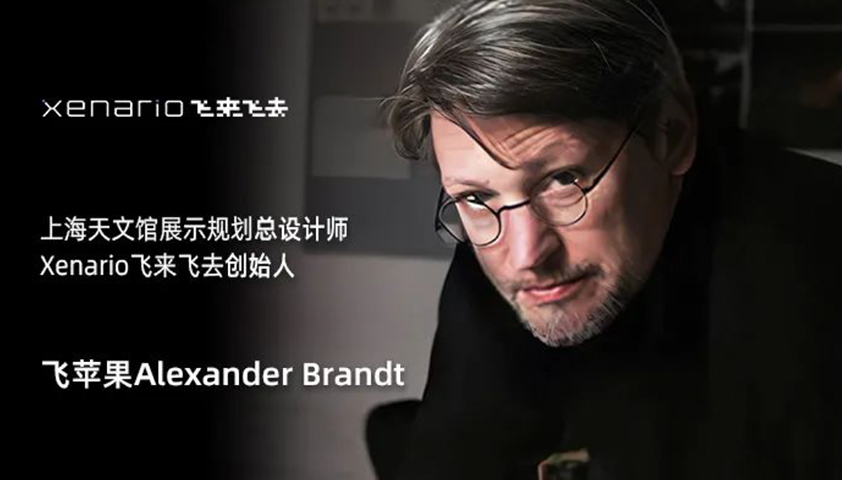 2021.12.4
2021.12.4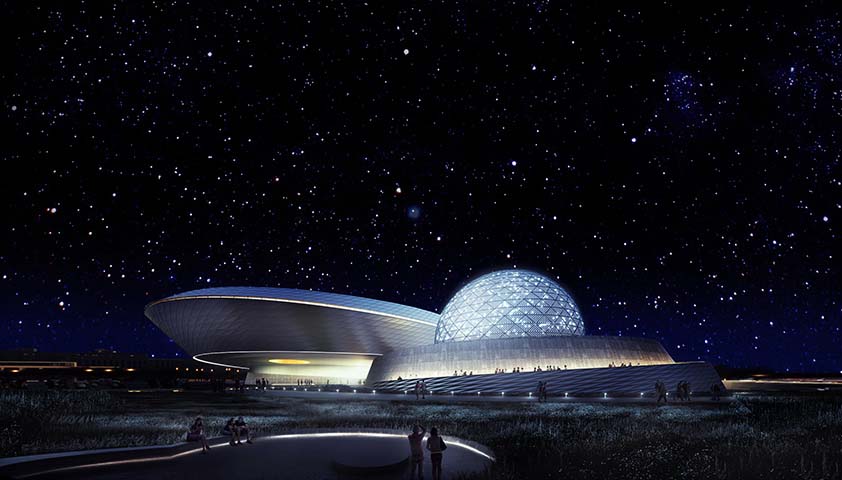 2021.10.23
2021.10.23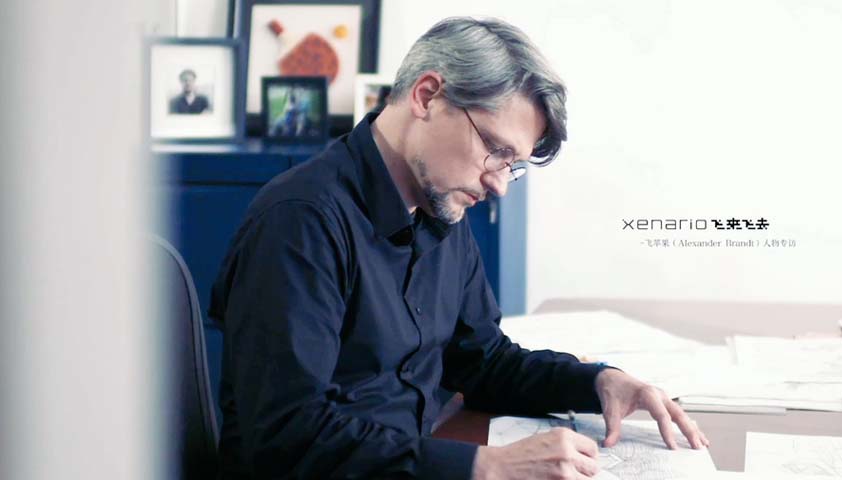 2021.10.18
2021.10.18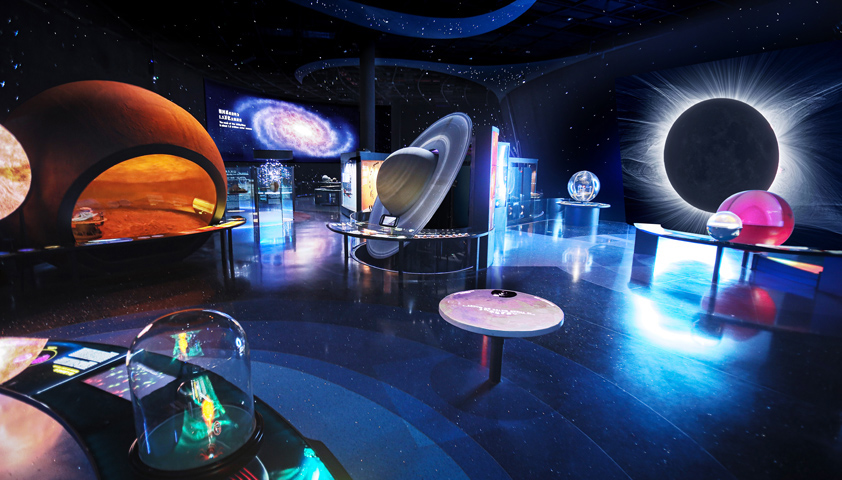 2021.7.17
2021.7.17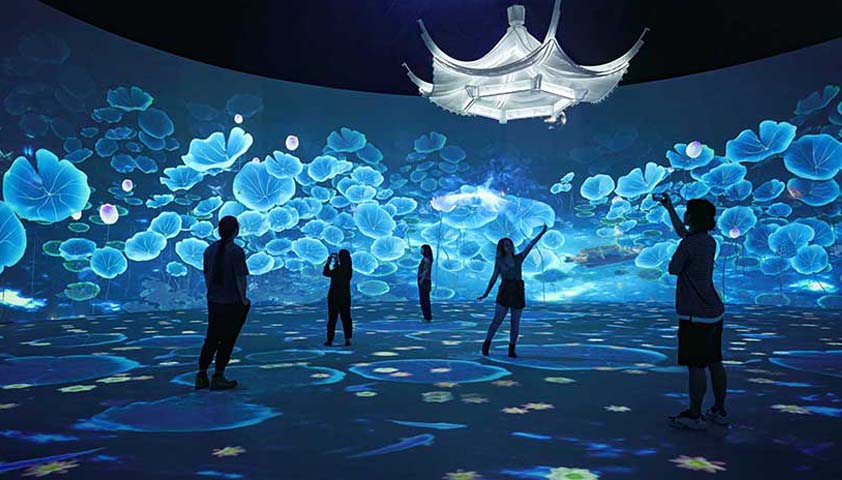 2021.6.16
2021.6.16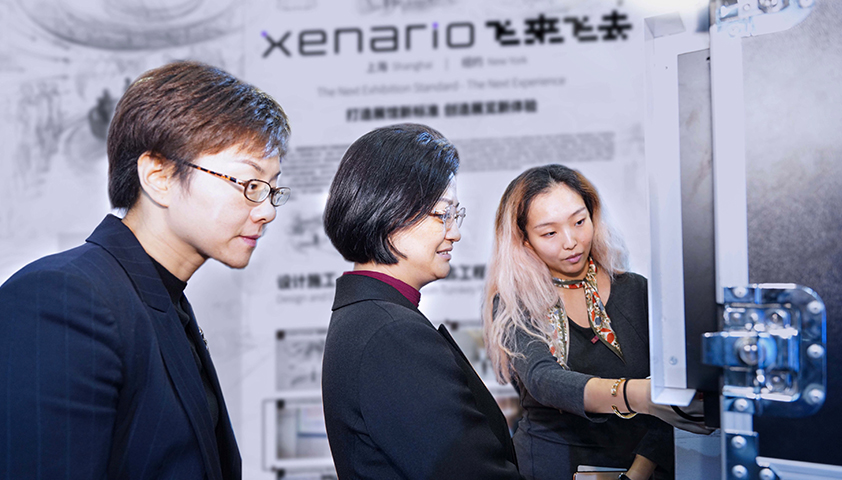 2020.11.19
2020.11.19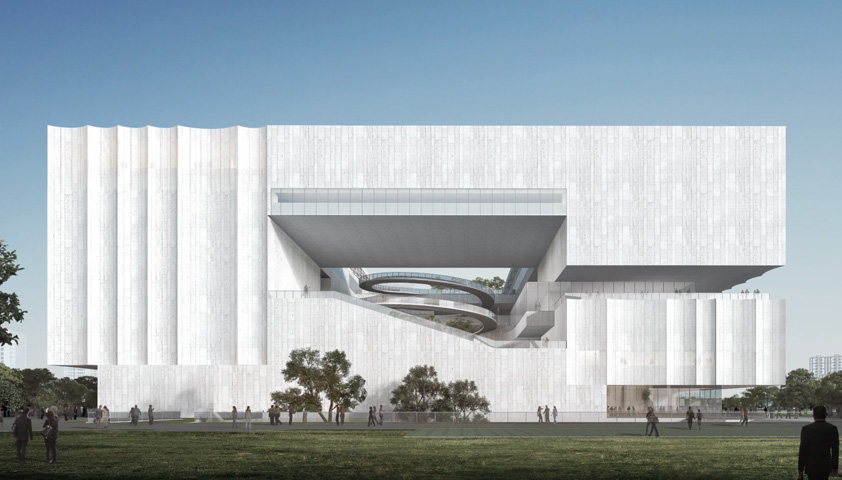 2020.8.31
2020.8.31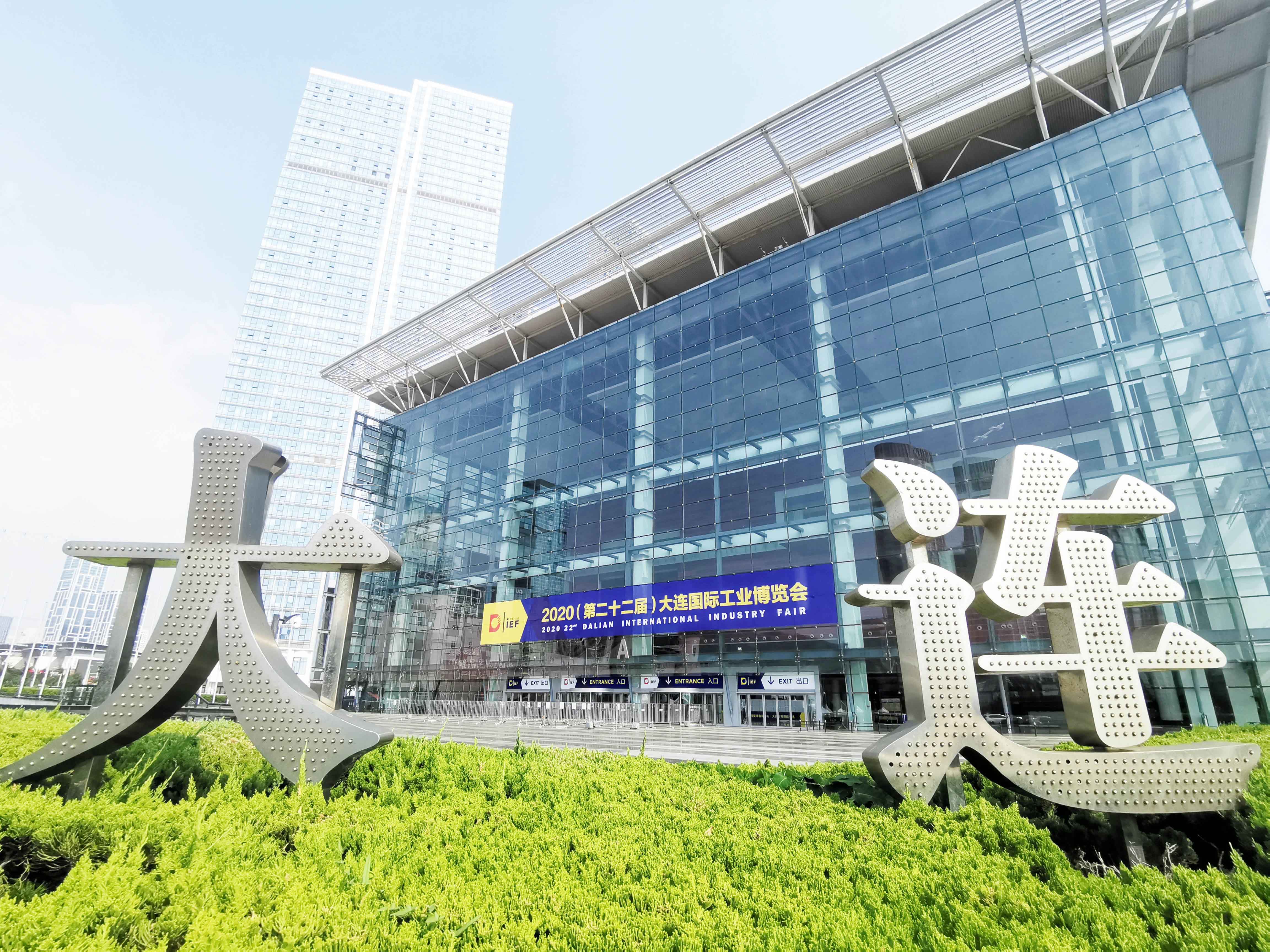 2020.10.10
2020.10.10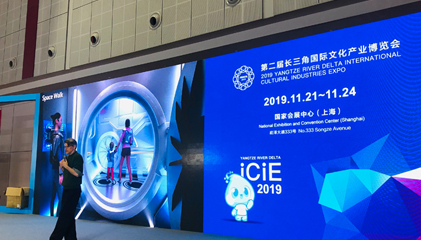 2019.11.21
2019.11.21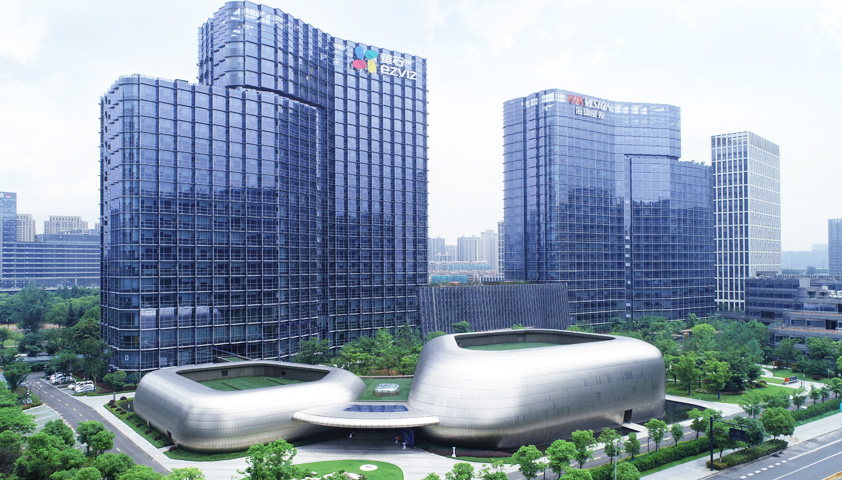 2020.5.16
2020.5.16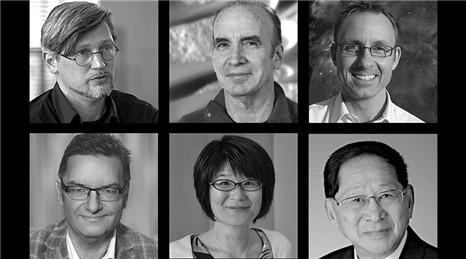 2018. 12. 22
2018. 12. 22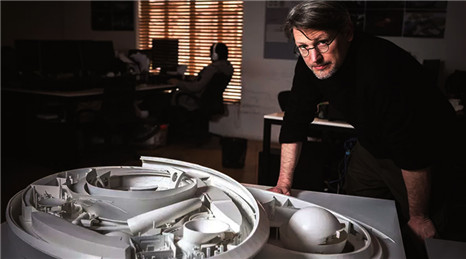 2019. 5. 28
2019. 5. 28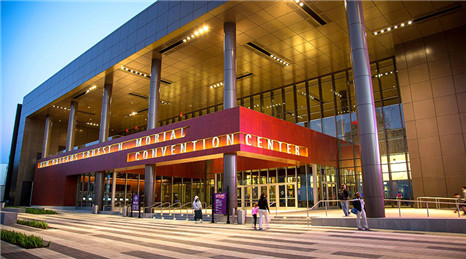 2019. 5. 20
2019. 5. 20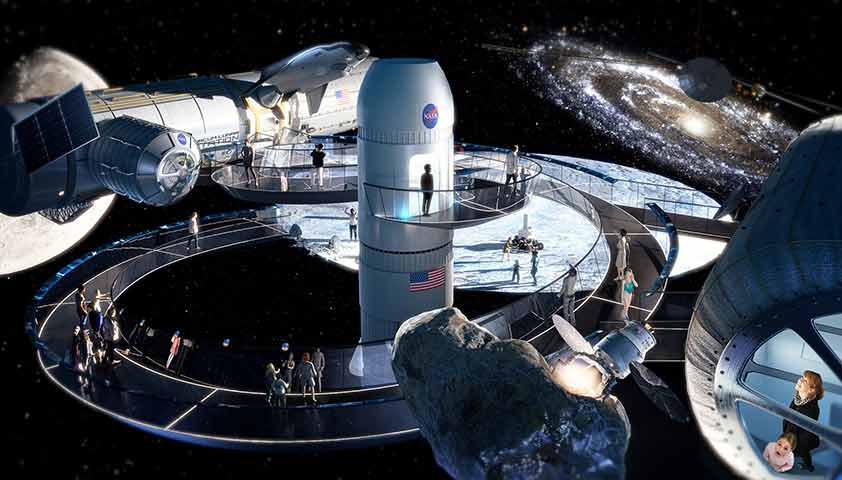 2018 . 12 . 13
2018 . 12 . 13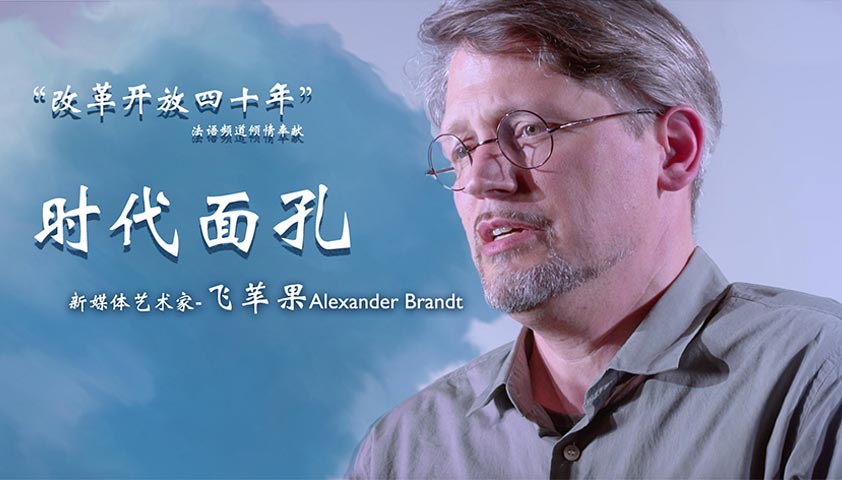 2018 . 11 . 28
2018 . 11 . 28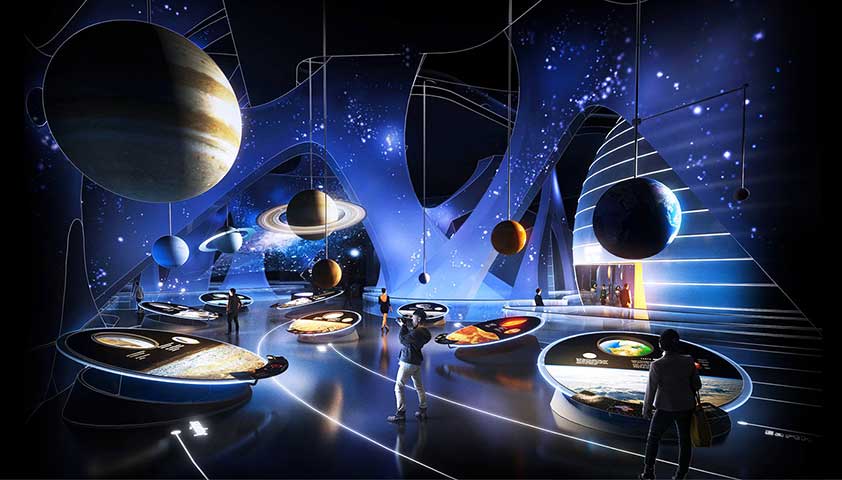 2018 . 9 . 20
2018 . 9 . 20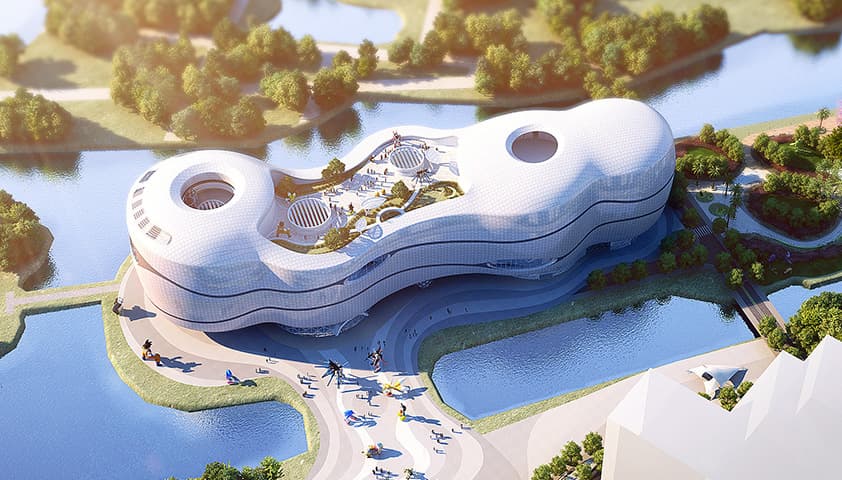 2018 . 06 . 10
2018 . 06 . 10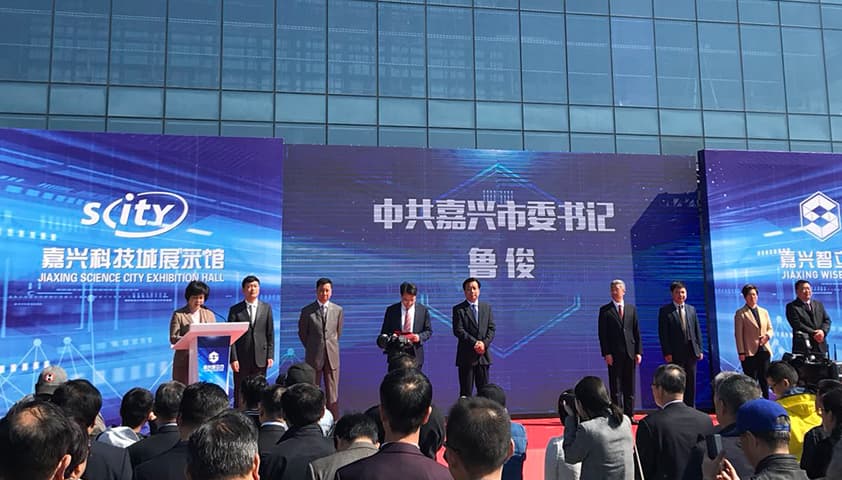 2018 . 04 . 08
2018 . 04 . 08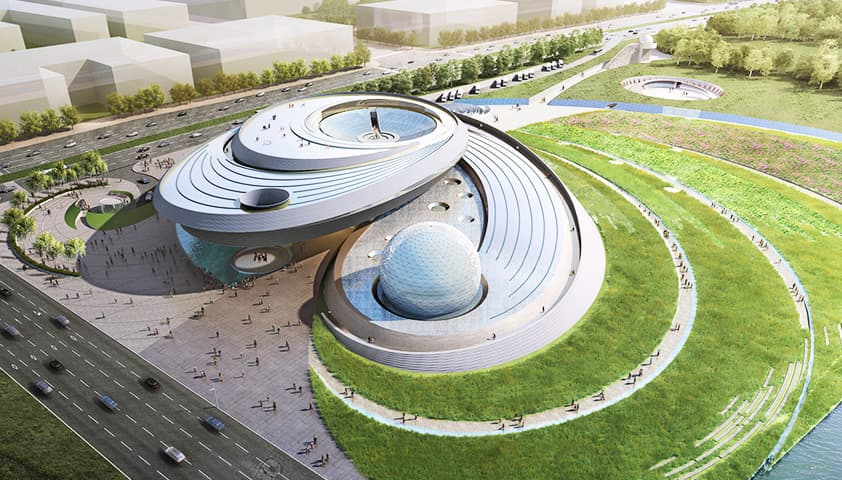 2017 . 10 . 20
2017 . 10 . 20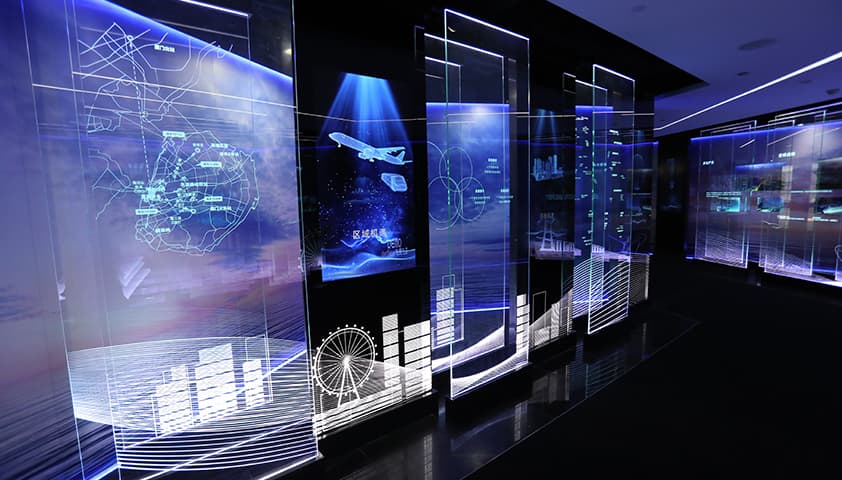 2017 . 09 . 30
2017 . 09 . 30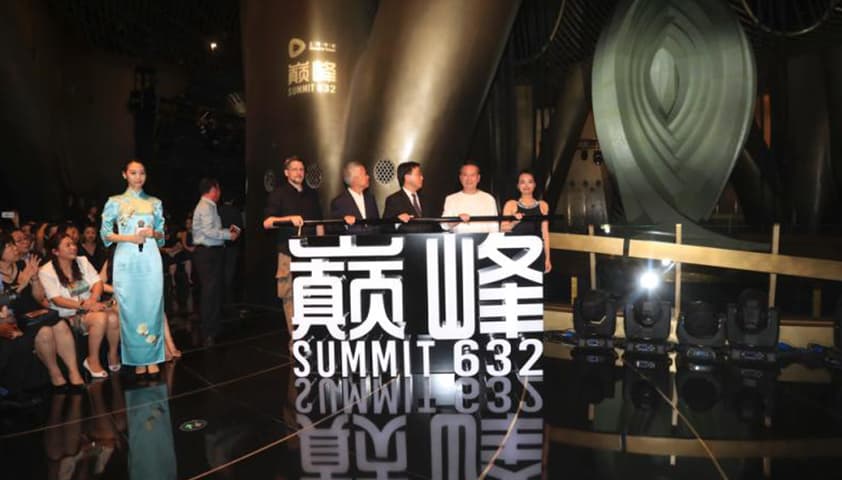 2017 . 08 . 29
2017 . 08 . 29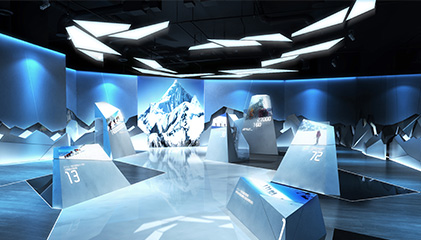 2016 . 05 . 31
2016 . 05 . 31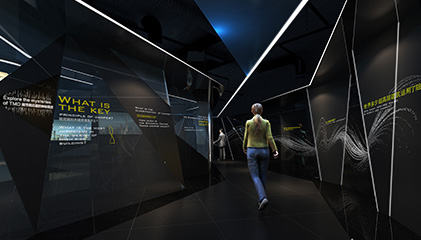 2016 . 03 . 20
2016 . 03 . 20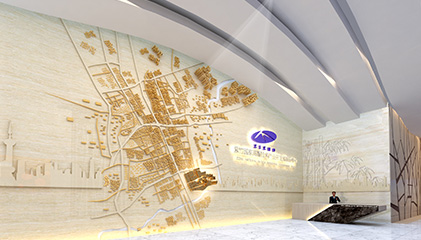 2015 . 11 . 12
2015 . 11 . 12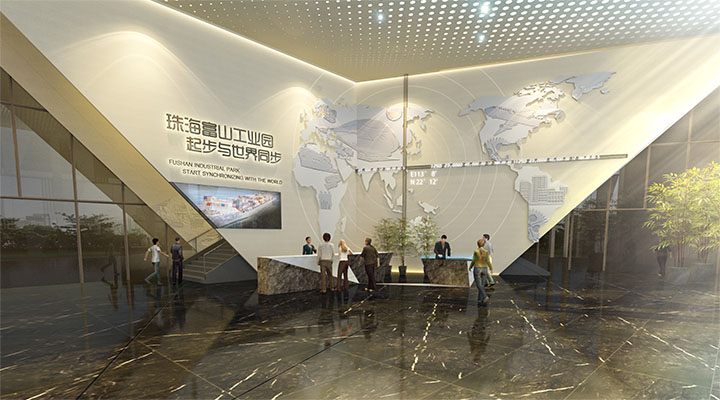 2015 . 09 . 25
2015 . 09 . 25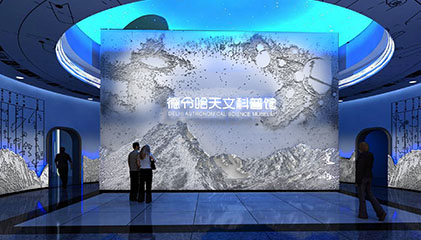 2015 . 03 . 15
2015 . 03 . 15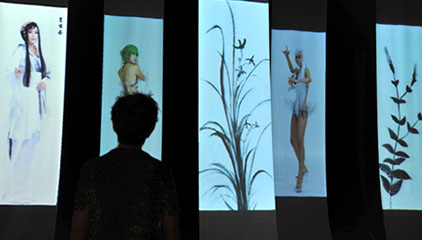 2011 . 05 . 22
2011 . 05 . 22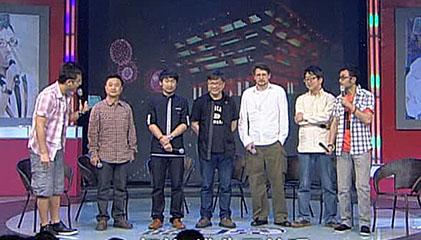 2011 . 04 . 12
2011 . 04 . 12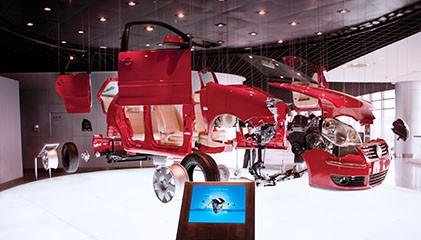 2010 . 05 . 22
2010 . 05 . 22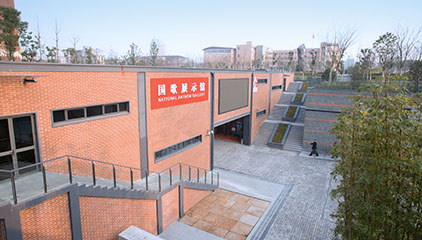 2009 . 10 . 11
2009 . 10 . 11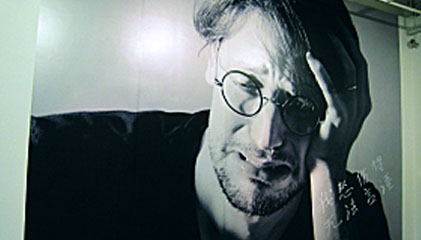 2009 . 07 . 25
2009 . 07 . 25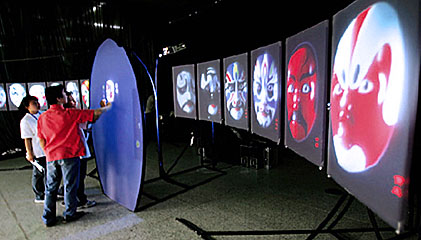 2007 . 05 . 09
2007 . 05 . 09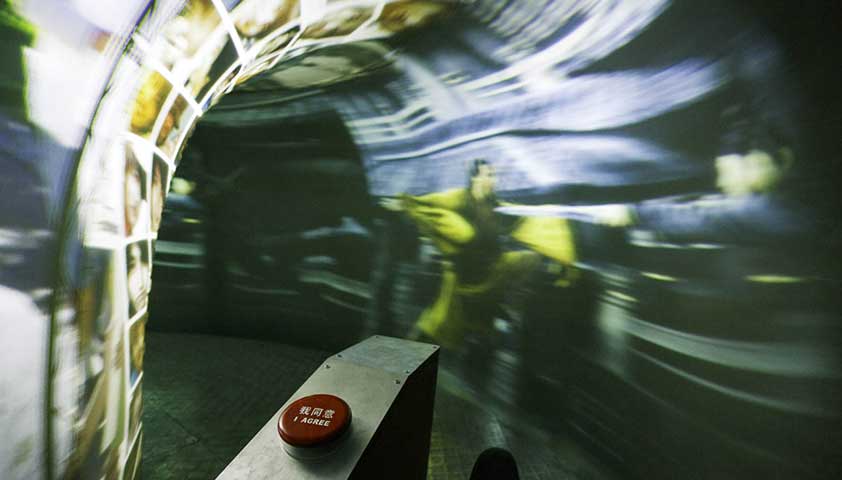 2007 . 03 . 28
2007 . 03 . 28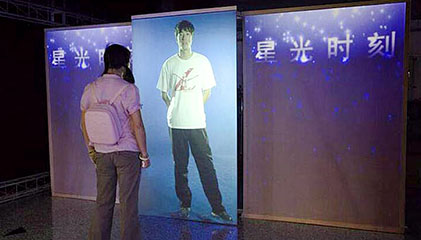 2006 . 05 . 28
2006 . 05 . 28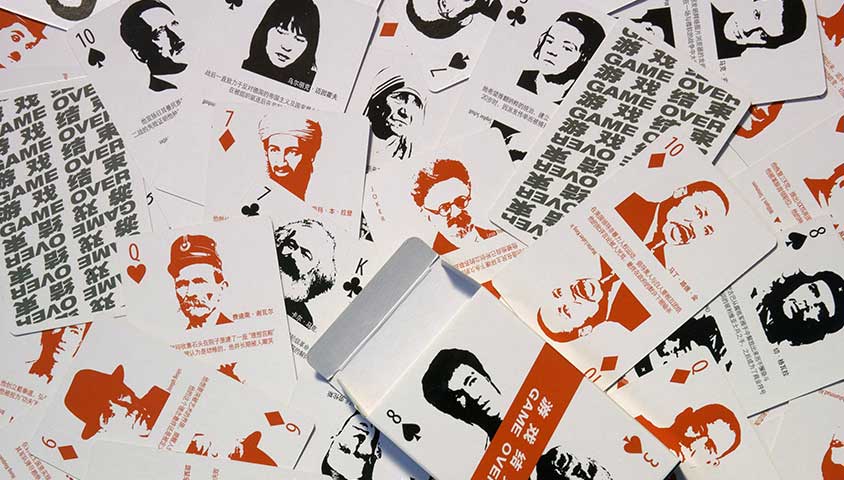 2006 . 05 . 20
2006 . 05 . 20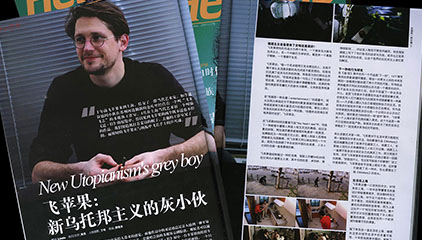 2005 . 10 . 19
2005 . 10 . 19
















